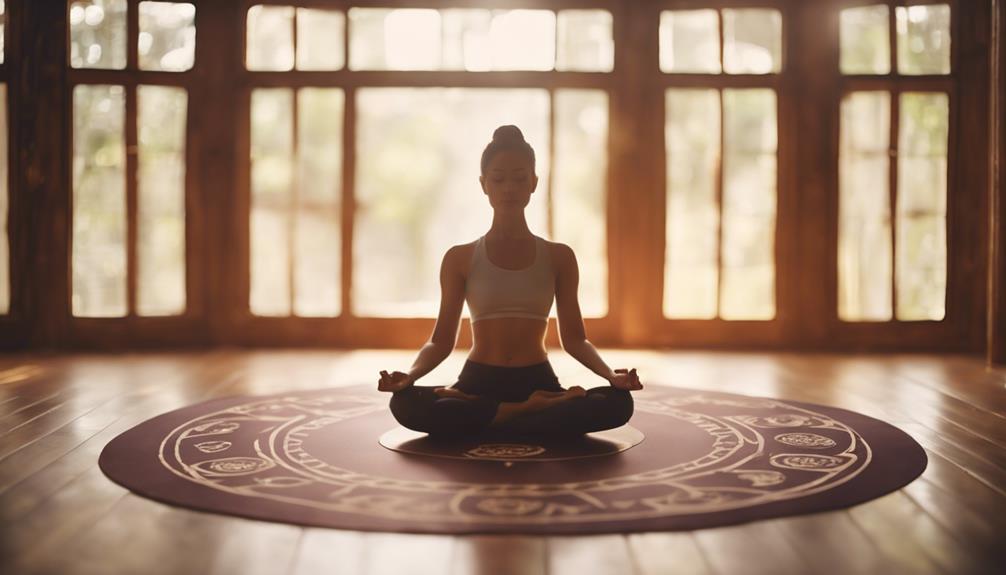Is yoga a resistance exercise? This question often surfaces among fitness enthusiasts and practitioners alike. Yoga, with its myriad forms and techniques, has gained immense popularity as a holistic practice. However, its classification as a resistance exercise may not be immediately clear. Let’s delve into this topic to shed light on how yoga can indeed incorporate elements of resistance training and strength-building.
Unraveling the Mystery: Is Yoga a Resistance Exercise?
When we think of resistance exercise, we often picture weights, resistance bands, or machines designed to build muscle strength. However, the essence of resistance training is the application of force against a muscle’s contraction. Yoga, in its various poses and sequences, utilizes body weight as a form of resistance. Poses such as Plank, Warrior II, and Boat pose engage multiple muscle groups, requiring strength and stability. Hence, we can certainly argue that yoga serves as a form of resistance exercise, albeit in a different modality than traditional weightlifting.
Moreover, many yoga poses promote isometric contractions—where muscles engage without changing length. This type of muscle engagement is fundamental in building strength, as it increases the muscle’s endurance and resilience. For example, holding a pose like Chair pose (Utkatasana) not only challenges your balance but also strengthens your quads, glutes, and core. Therefore, if we take a closer look, yoga does possess the characteristics that qualify it as a resistance exercise.
It’s also worth noting that yoga can be modified to increase its resistance aspects. By incorporating props such as blocks, straps, or even weights, practitioners can enhance the intensity of their practice. Additionally, styles like Power Yoga or Ashtanga Yoga emphasize strength and endurance, further blurring the lines between traditional resistance training and yoga. Thus, for those wondering, "Is yoga a resistance exercise?"—the answer is a resounding yes!
Flowing Strong: Discovering Yoga’s Hidden Strength Power!
When engaging in yoga, practitioners often experience a blend of flexibility, balance, and strength. As we flow through different poses, our muscles work diligently against gravity, creating a unique form of resistance training. For instance, when performing Downward-Facing Dog, not only are we stretching our spine and hamstrings, but we’re also building strength in our arms, shoulders, and core. This dual benefit makes yoga a wonderful addition to any fitness regimen, especially for those looking to enhance their strength without the monotony of traditional workouts.
In addition, regular yoga practice can lead to improved muscle tone and definition. While it may not yield the same hypertrophy (muscle growth) as lifting heavier weights, many practitioners find that yoga enhances their overall physical appearance and fitness levels. The strength developed through yoga can improve athletic performance in other sports, making it a perfect cross-training option. By integrating yoga into your routine, you’re not only promoting flexibility and relaxation but also subtly engaging in resistance exercise that builds functional strength.
Lastly, the beauty of yoga lies in its accessibility. Unlike traditional resistance exercises that may require gym equipment or specific settings, yoga can be practiced anywhere, anytime. Whether you’re at home, in a park, or even at the beach, all you need is your body and a mat. This flexibility makes it easier for individuals of all fitness levels to incorporate strength-building practices into their lives. So, if you’re looking to explore the world of resistance exercise, consider embracing the power of yoga!
In conclusion, yoga is indeed a form of resistance exercise that uniquely combines strength, flexibility, and balance. By engaging various muscle groups and employing body weight as resistance, yoga practitioners can achieve significant strength gains while enjoying the mental and emotional benefits of the practice. So, the next time you unroll your mat, remember that you’re not just practicing mindfulness and relaxation—you’re also engaging in a powerful resistance workout that can enhance your overall fitness and well-being!
